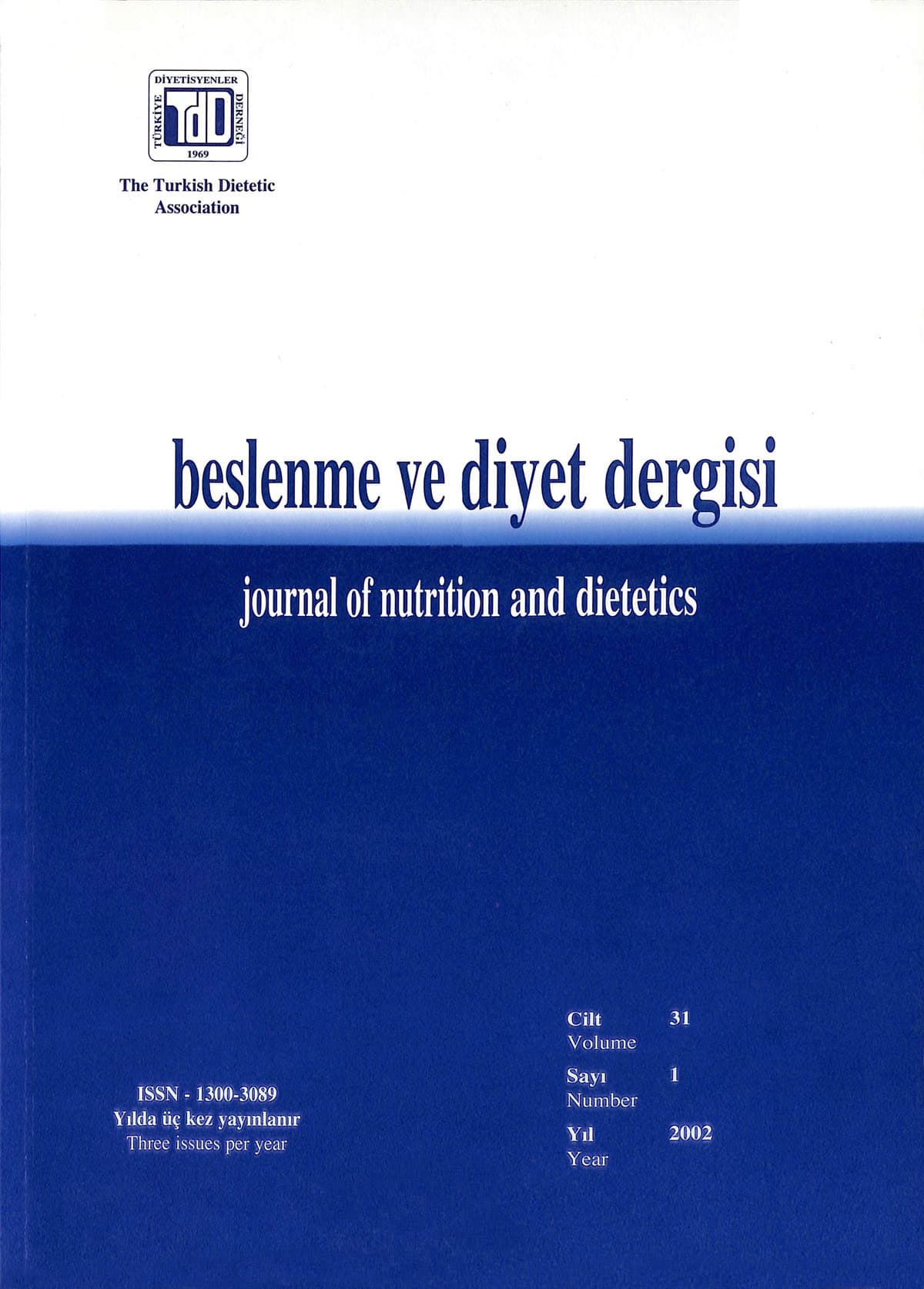Malonaldehyde as a Product of Lipid Peroxidation in Meats and its Analytical Techniques
Keywords:
2-thiobarbituric acid, malonaldehyde (MDA), TBARS, autoxidationAbstract
Lipid peroxidation is one of the major causes of quality deterioration in raw and cooked meat products. The peroxidation reaction of polyunsaturated fatty acids in biological tissues can be initiated by free radicals. Malonaldehyde (MDA) eas shown to be a secondarv oxidation product of polyunsaturated fat free acids containing three or more double bonds. The absorprion spectrum obtained with oxidized fatty foods is like the spectrum obtained when thiobarbituric acid (TBA) and MDA react. Other substances, such as ketones, ketosteroids, acids, esters, sıtgars, aıııino acids, oxidızed proteins, pyridines, pyrimidines, and vitamins can react with TBA; they are named TBARS (substances that react with TBA). A number of nıethods are avaible for determination of lipid oxidation in foods but no standart method is used. The 2-thiobarbitııric acid (TBA) test has been widely used for measuring oxidative rancidity in fat containing foods, especially meat products. The TBA nıethod, however, nıay be preferred över the chromatographic nıethod because of its simplicity, especially when a large number of sample need to be analyzed in a short period of time on a daily basis. The purpose of this revieu’ is to summarize concerns regarding the formation and quantijication and methods o f measuring of malonaldehyde as a prodııct of lipid peroxidation in muscle tissues.

